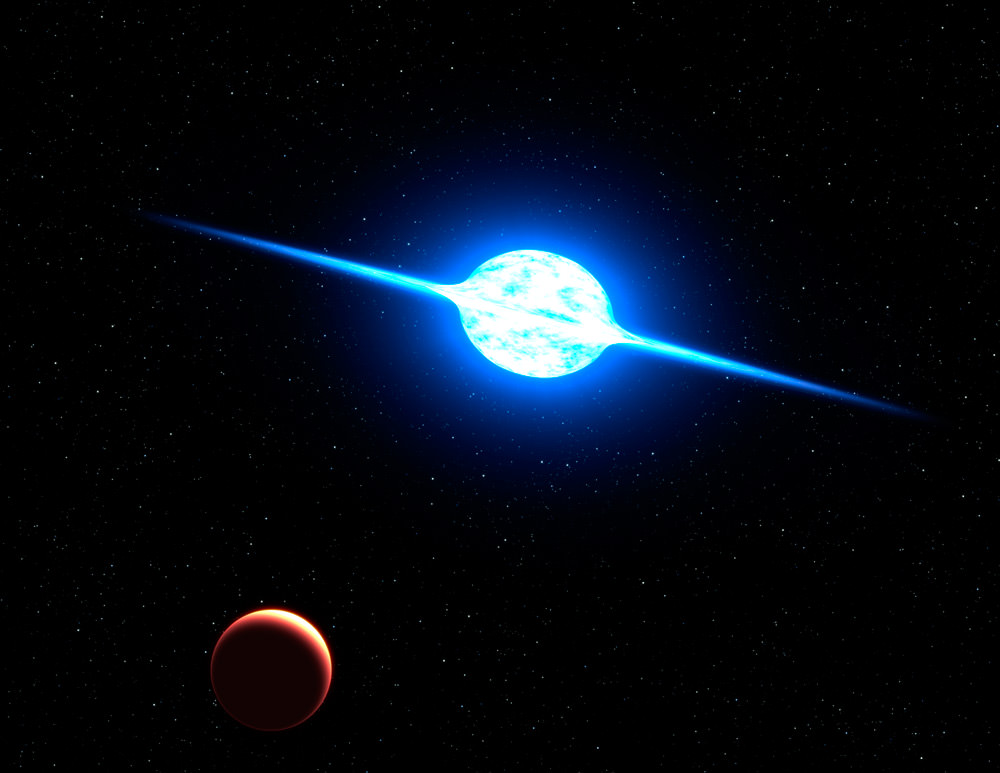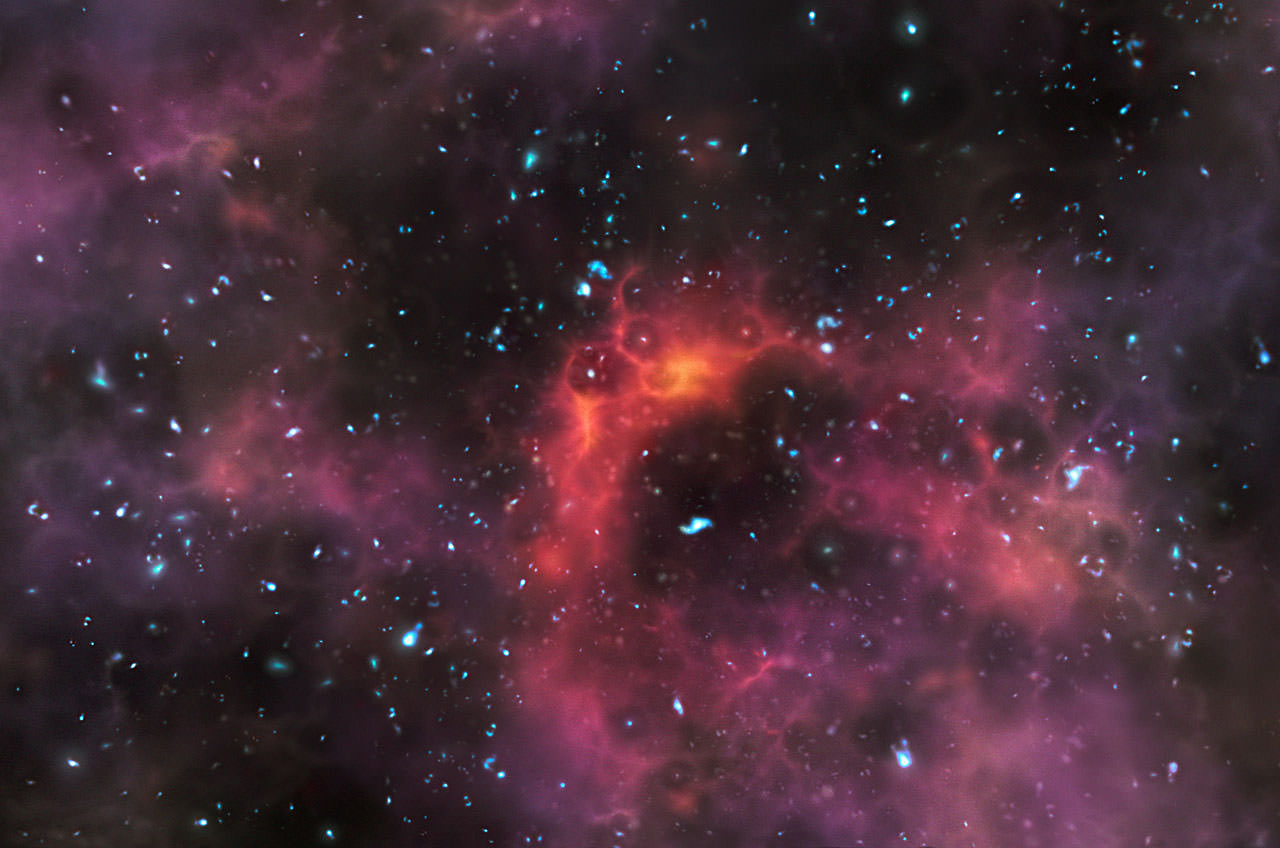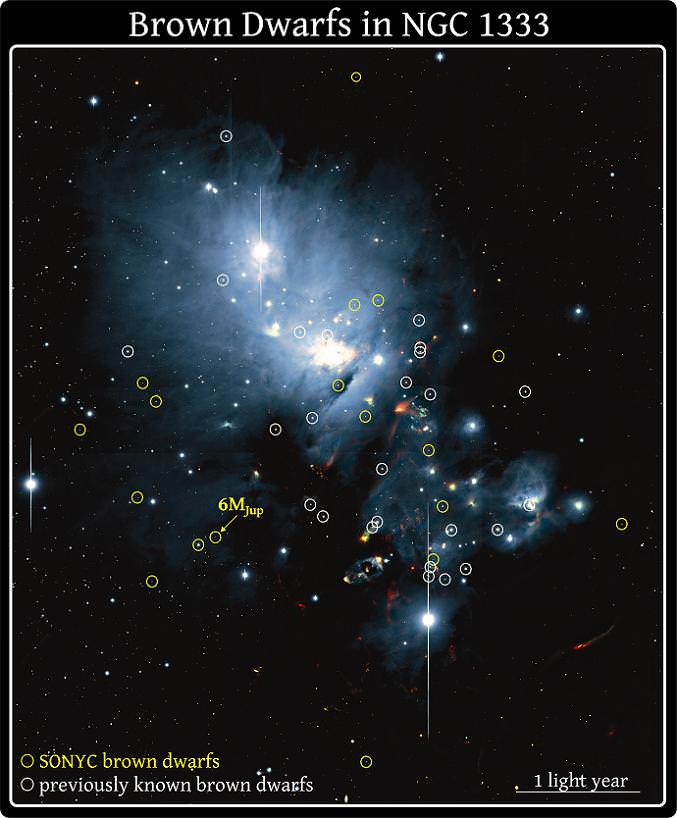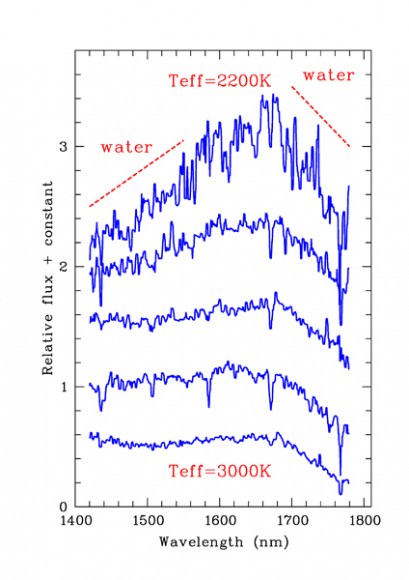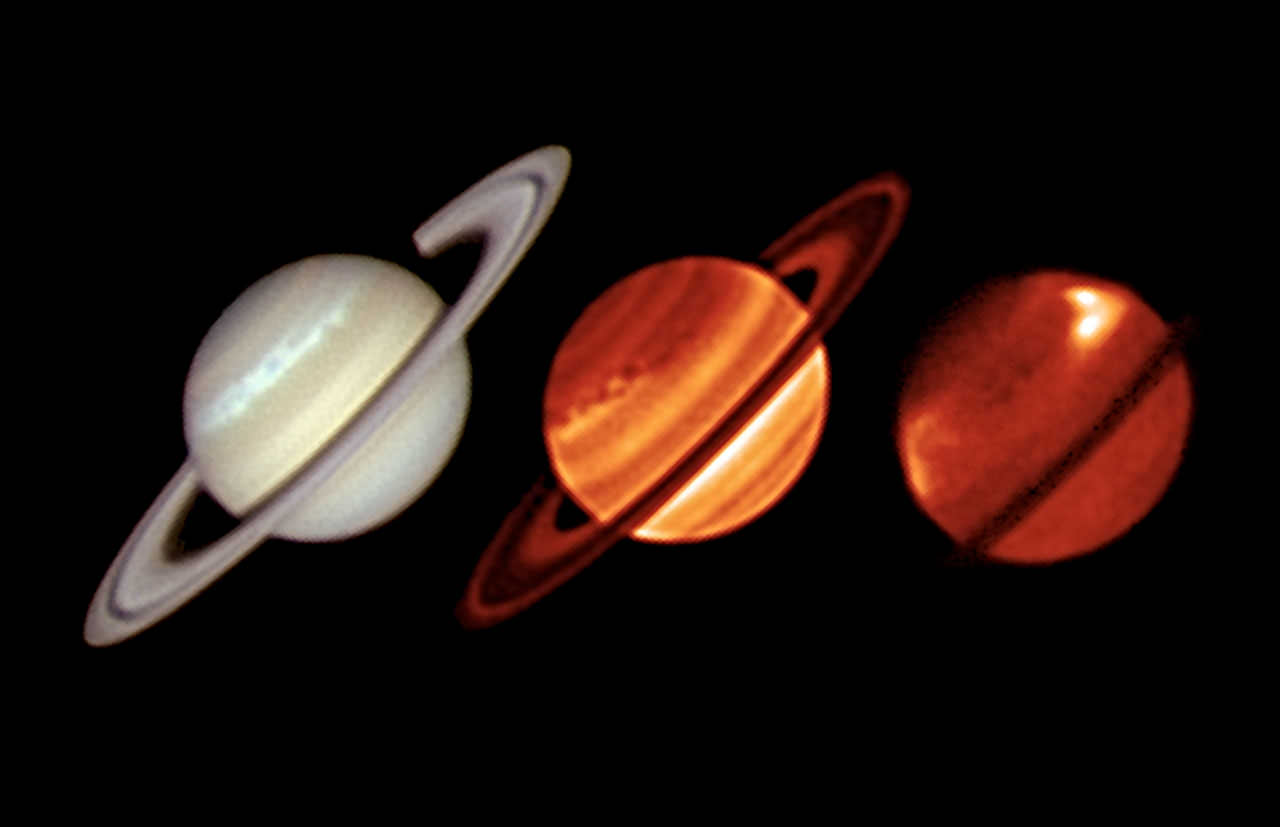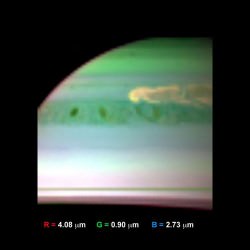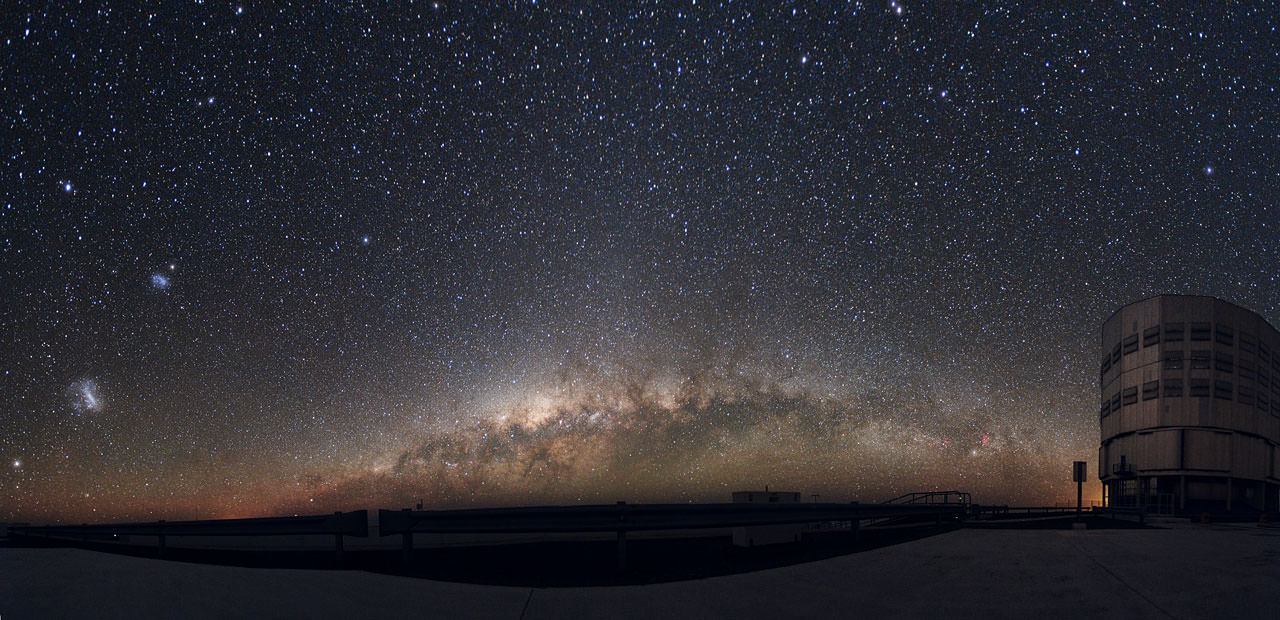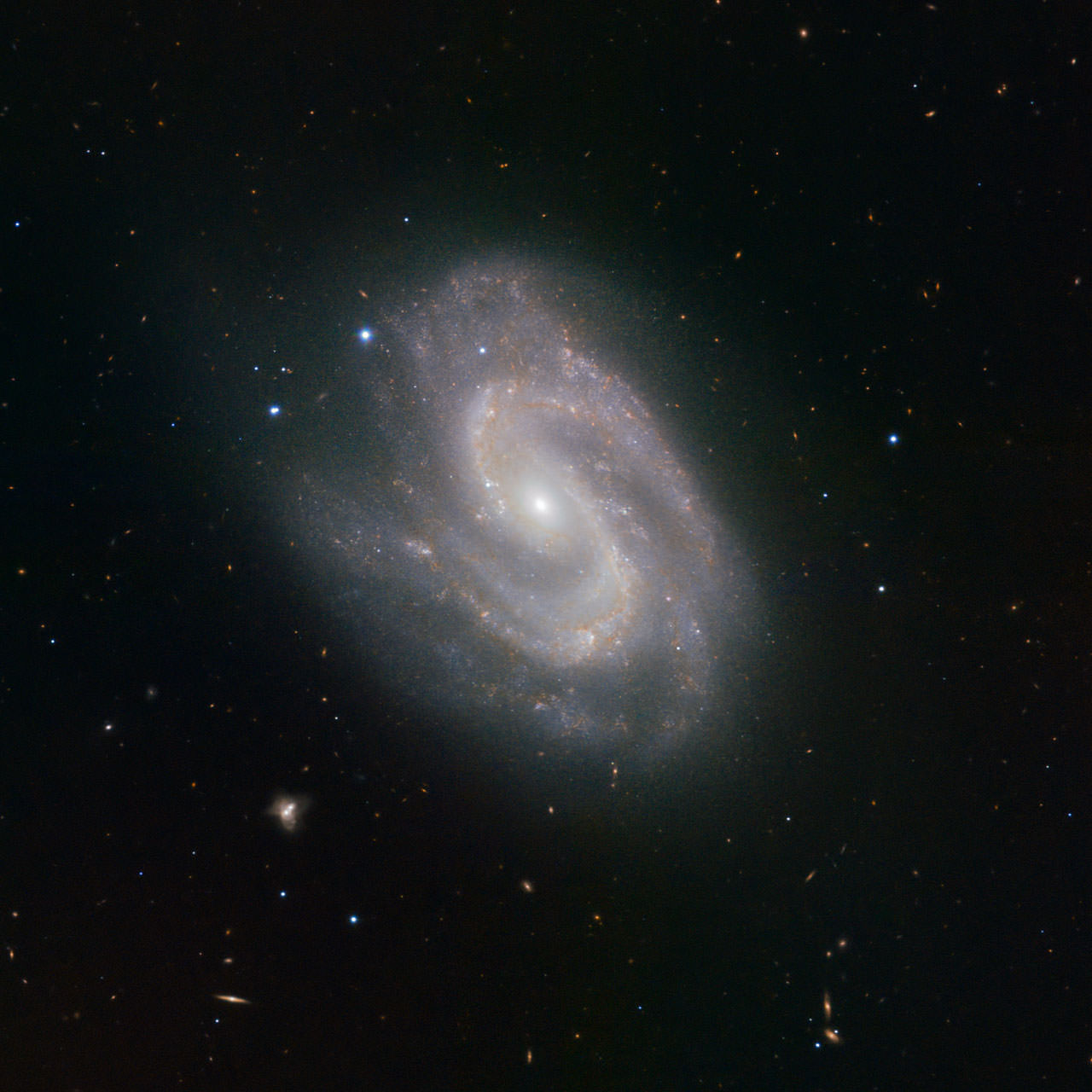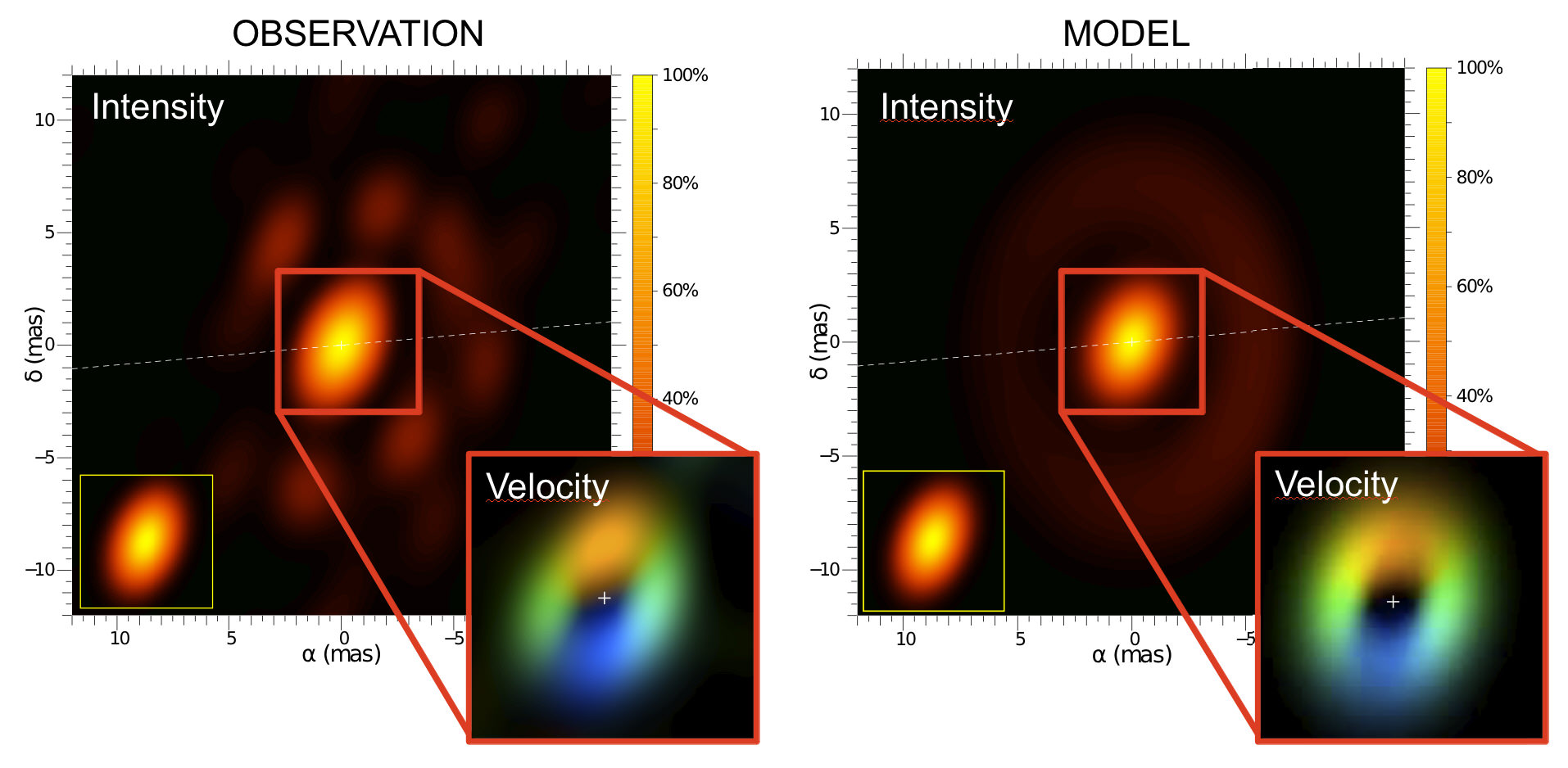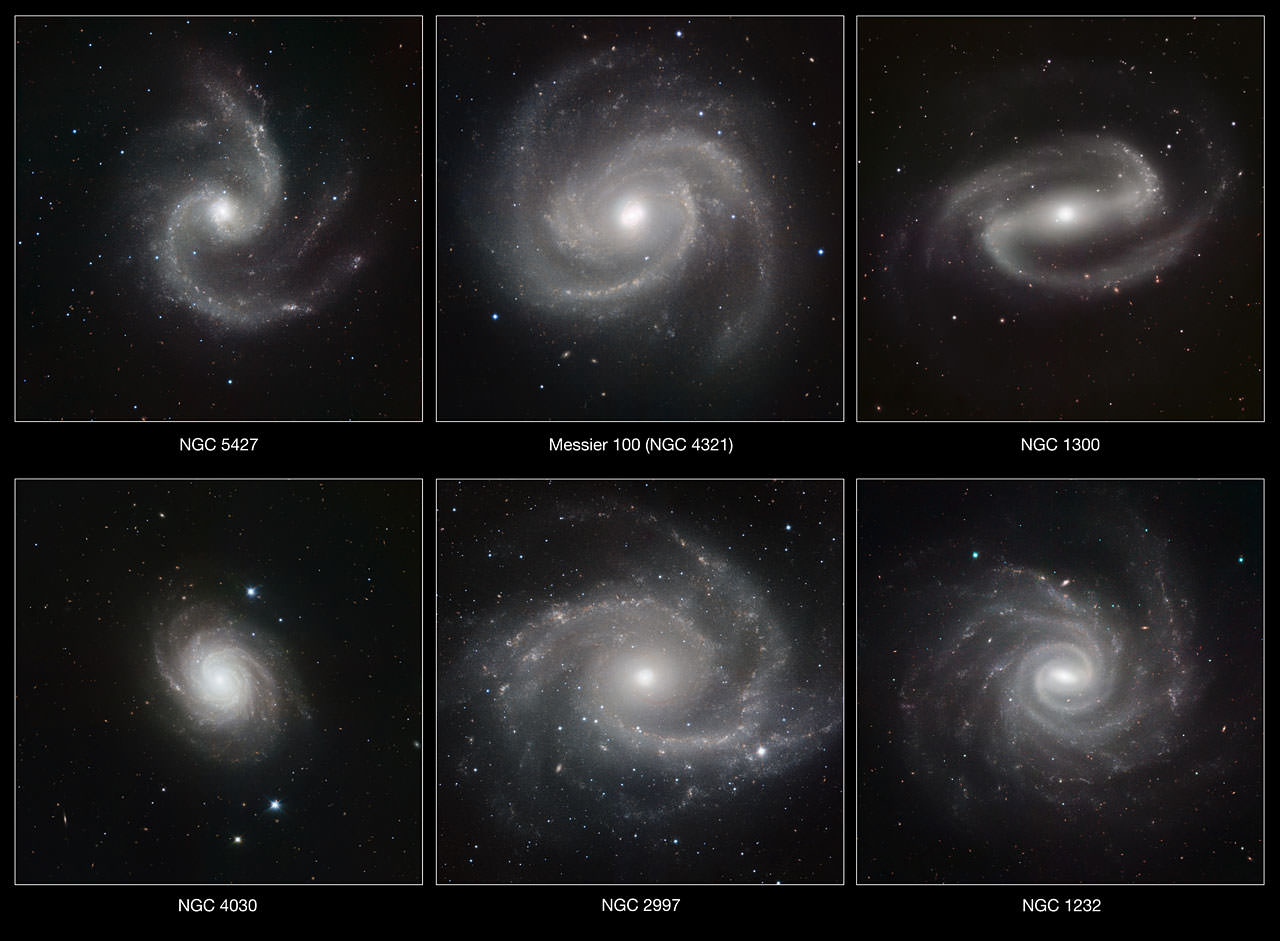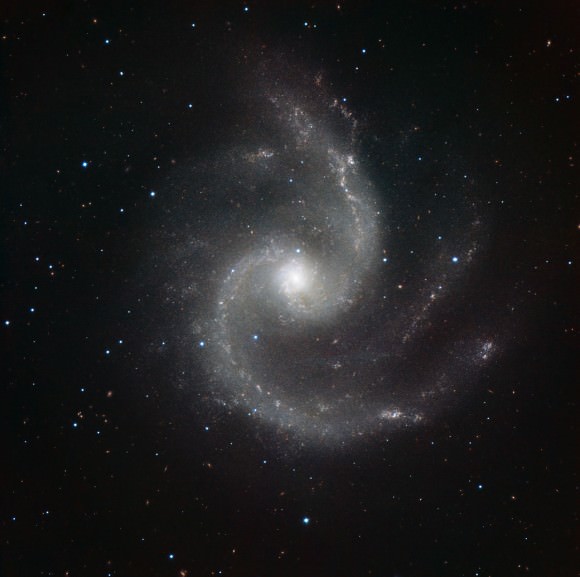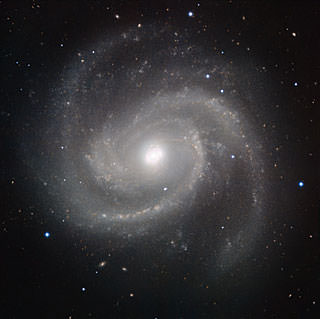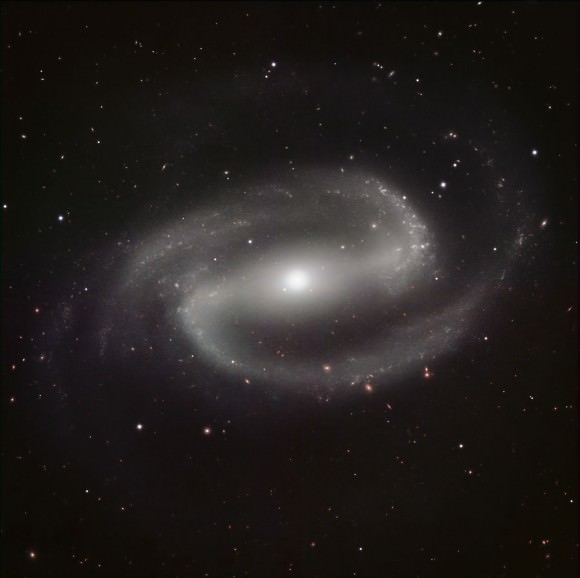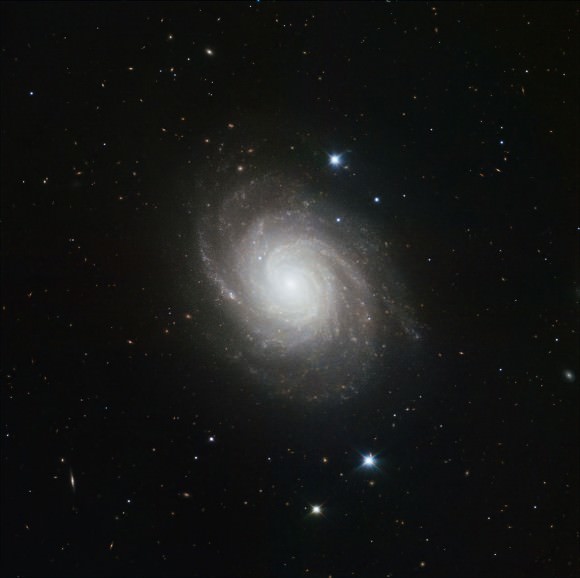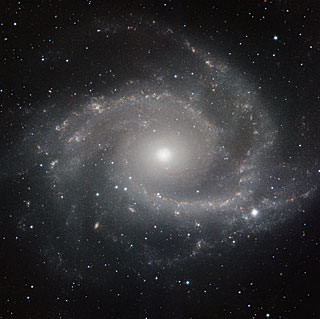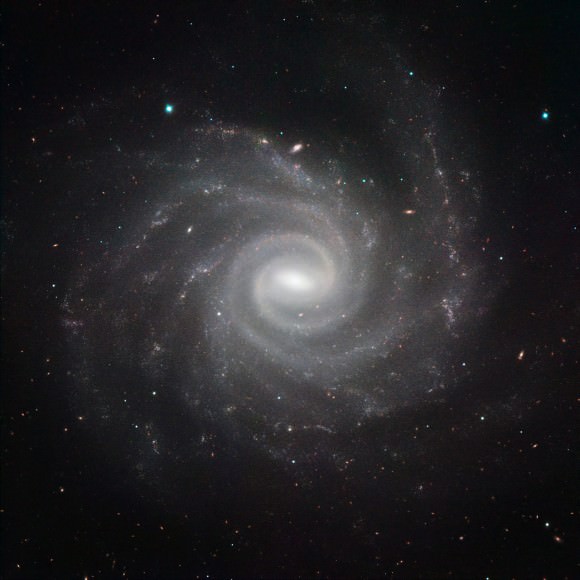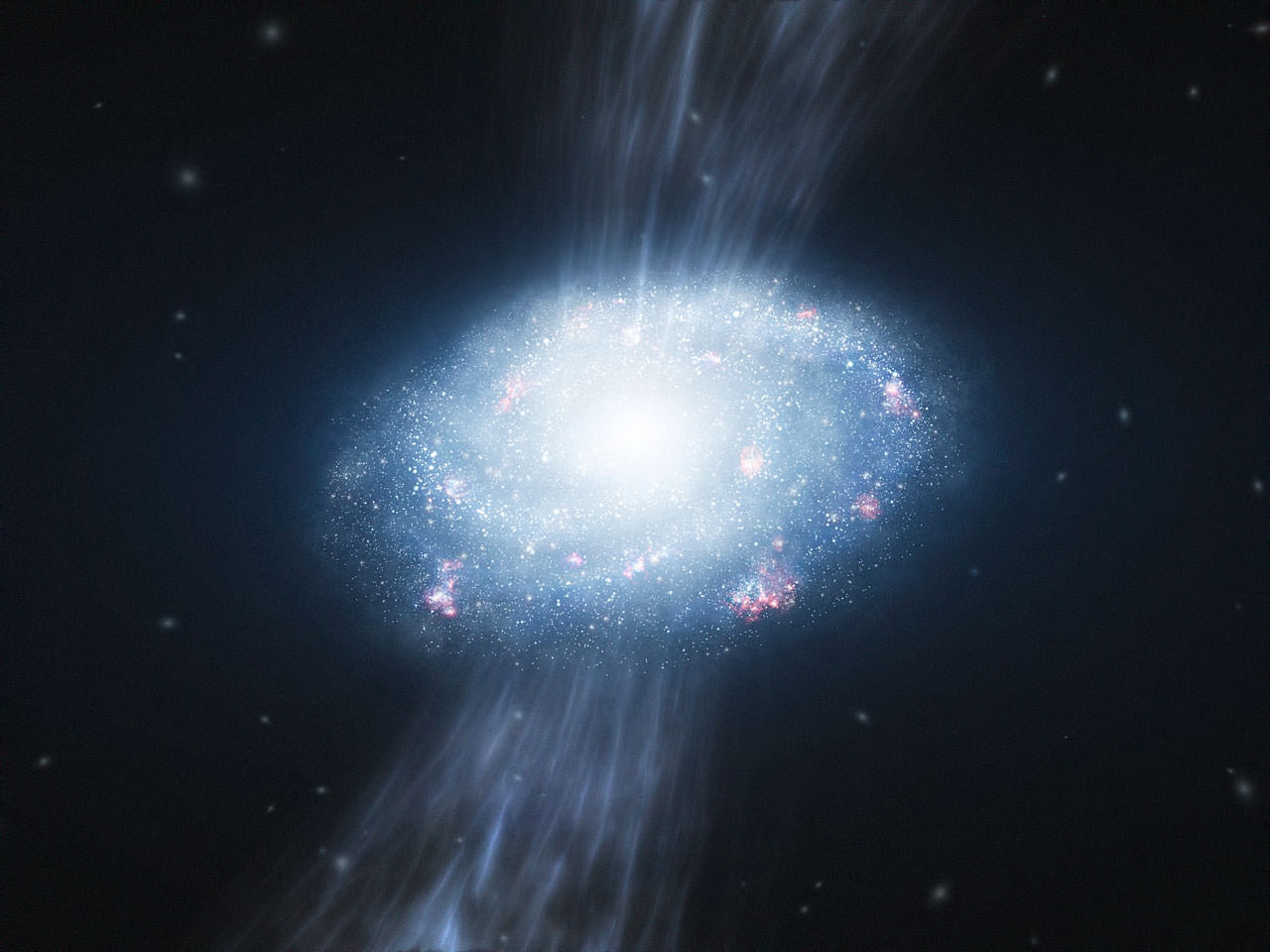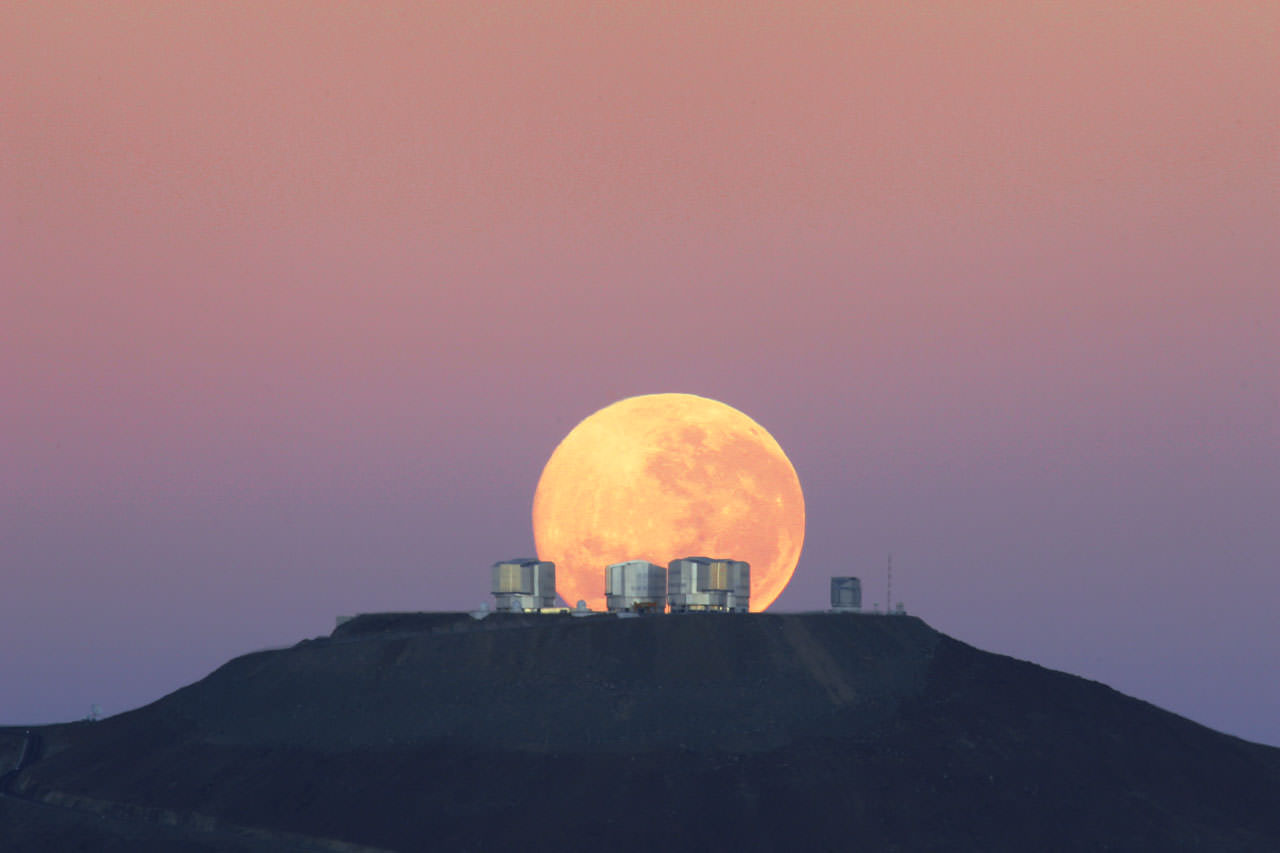[/caption]
Located in the Large Magellanic Cloud, a star named VFTS 102 is spinning its heart out… Literally. Rotating at a mind-numbing speed of a million miles per hour (1.6 million kph), this hot blue giant has reached the edge where centrifugal forces could tear it apart. It’s the fastest ever recorded – 300 times faster than our Sun – and may have been split off from a double star system during a violent explosion.
Thanks to ESO’s Very Large Telescope at the Paranal Observatory in Chile, an international team of astronomers studying the heaviest and brightest stars in the Tarantula Nebula made quite a discovery – a huge blue star 25 times the mass of the Sun and about one hundred thousand times brighter was cruising through space at a speed which drew their attention.
“The remarkable rotation speed and the unusual motion compared to the surrounding stars led us to wonder if this star had an unusual early life. We were suspicious.” explains Philip Dufton (Queen’s University Belfast, Northern Ireland, UK), lead author of the paper presenting the results.
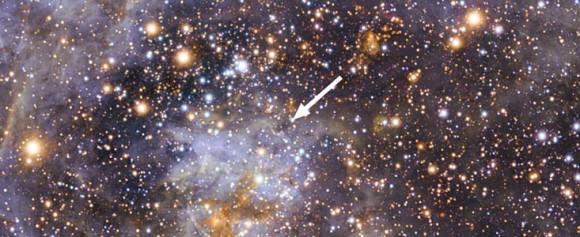
What they’ve discovered could possibly be a “runaway star” – one that began life as a binary, but may have been ejected during a supernova event. Further evidence which supports their theory also exists: the presence of a pulsar and a supernova remnant nearby. But what made this crazy star spin so fast? It’s possible that if the two stars were very close that streaming gases could have started the incredible rotation. Then the more massive of the pair blew its stack – expelling the star into space. So what would be left? It’s elementary, Watson… A supernova remnant, a pulsar and a runaway!
Even though this is a rather tidy conclusion, there’s always room for doubt. As Dufton concludes, “This is a compelling story because it explains each of the unusual features that we’ve seen. This star is certainly showing us unexpected sides of the short but dramatic lives of the heaviest stars.”
Original Story Source: HubbleSite News Release and ESO News Release. For Further Reading: he VLT-FLAMES Tarantula Survey I. Introduction and observational overview.

